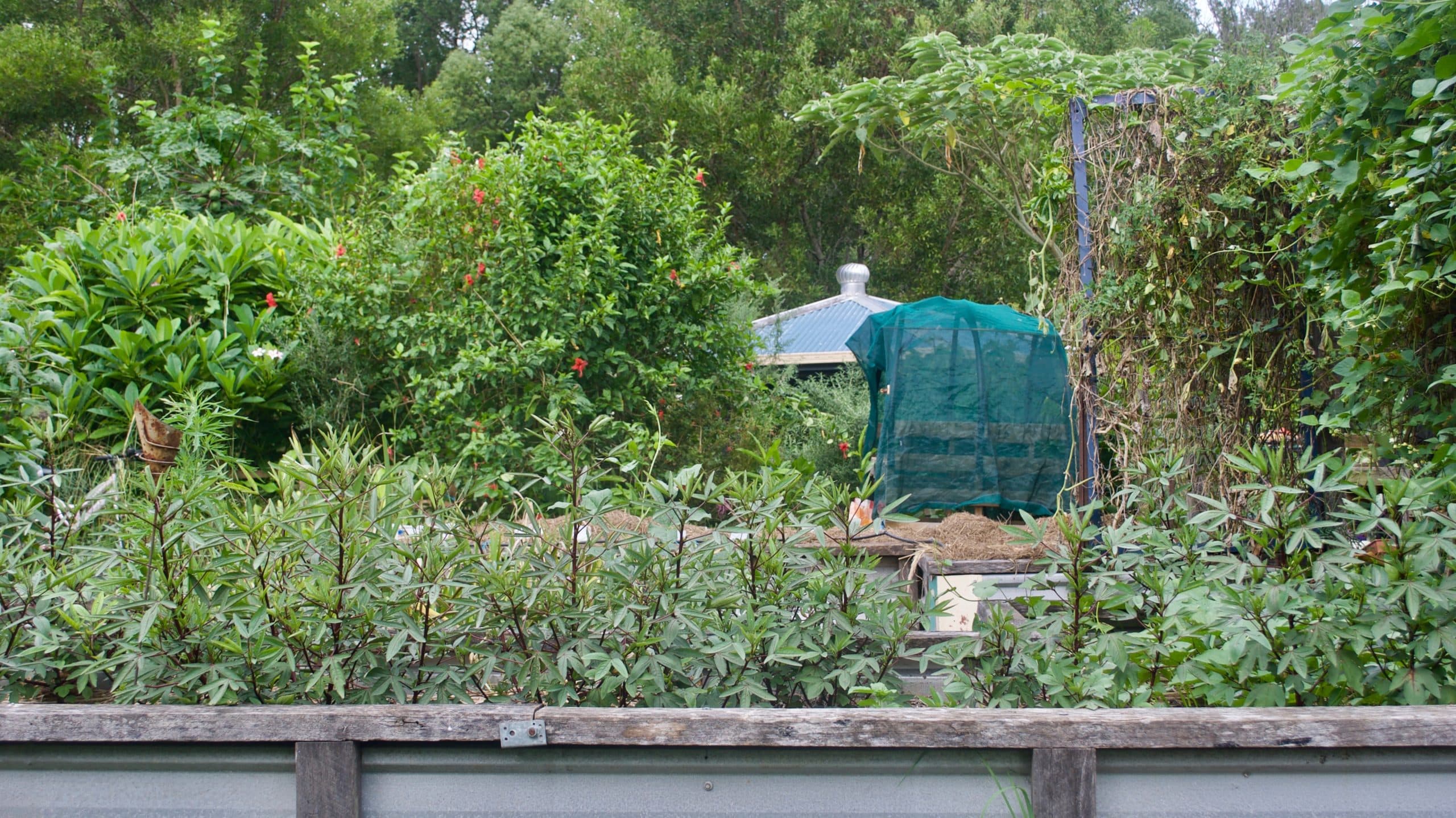How to Use Permaculture Principles to Design a Self-Sustaining UK Home Garden?

As citizens of the planet, there are many ways to contribute to the well-being of the Earth. One way is by embracing the principles of permaculture in your home garden. This method of gardening is sustainable, working with nature rather than against it. It allows you to create an ecosystem and food source that is not only fulfilling for you and your community, but also contributes to the overall health of our planet.
Understanding Permaculture Principles
Permaculture is a concept that was first introduced in the 1970s and has since spread across the globe, offering a sustainable alternative to modern agricultural methods. It revolves around the idea of creating systems that provide for human needs while also benefiting the environment. The principles of permaculture are grounded in three core tenets: care for the earth, care for people, and fair share.
Lire également : How to Start a Career in UK’s Conservation and Wildlife Management?
In the context of home gardening, these principles translate into designing and maintaining a garden that promotes a balanced ecosystem, reduces waste, and provides a steady source of food and other resources. Understanding these principles is the first step in creating a self-sustaining garden.
Practical Application of Permaculture Design Principles in Your Garden
The first principle of permaculture is observation. Before you start designing your garden, take the time to observe your space. This includes understanding the soil, the availability of water, and the energy flow in your garden.
A lire aussi : What’s the Importance of Preserving Dark Skies in UK’s National Parks?
Start by assessing your soil. Is it acidic or alkaline? What kind of texture does it have? The answers to these questions will determine the type of plants that will thrive in your garden, and the kind of natural fertilisers you will need to use.
Next, consider your water source. Rainwater is a valuable resource in permaculture. In the UK, where rainfall is abundant, you can collect and store rainwater in barrels or an underground reservoir for irrigation.
Lastly, understand the energy flow. The placement of your plants, the arrangement of your garden beds, even the location of your compost heap, can have an impact on the overall energy efficiency of your garden.
Creating a Sustainable Food System
The essence of a permaculture garden is its ability to produce food. However, it’s not just about planting your favourite vegetables. It’s about creating a diverse, resilient, and productive system.
A ‘food forest’ is a popular element in many permaculture gardens. This involves layering plants in a way that mimics a natural forest. In the UK, a food forest might consist of fruit and nut trees, berry shrubs, edible ground cover plants, and a variety of herbs and vegetables.
Composting is another crucial aspect of maintaining a self-sustaining garden. By recycling your kitchen and garden waste into compost, you are returning nutrients back to the soil, reducing waste, and creating a healthy, natural soil improver.
Harnessing Energy and Minimising Waste
In permaculture, every element in the system should serve multiple functions. For example, a hedge can provide privacy, wind protection, and a habitat for wildlife, while also producing fruit or nuts.
Solar energy can be harnessed by positioning plants and structures in a way that maximises sunlight exposure. Wind energy can be used to power a small turbine or to control pests by blowing them off plants.
Minimising waste is also an integral part of permaculture. This goes beyond composting and includes using all parts of your plants, repurposing materials for garden use, and reducing the amount of external inputs, such as fertilisers and pesticides, needed for your garden.
Fostering Community Involvement
The final principle of permaculture involves people. A self-sustaining garden should not only benefit you but also your community. This could be by sharing your surplus produce with neighbours, organising garden tours or workshops, or creating a community garden where people can learn and apply permaculture principles together.
After all, permaculture is not just about growing plants. It’s about cultivating relationships – with nature, with ourselves, and with each other. By embracing permaculture principles in your home garden, you are not only contributing to a sustainable future, but also fostering a sense of community and connection that is often lost in our modern, fast-paced world.
Embracing Renewable Energy and Enhancing Soil Health
The journey to create a self-sustaining permaculture garden involves the effective use of renewable energy resources and enhancing soil health. Renewable energy is a significant element of a permaculture design and can be harnessed in various ways. The sun, for instance, provides energy for photosynthesis, which fuels plant growth. You can maximise solar energy by orienting your garden beds to receive optimal sunlight.
Wind energy, on the other hand, can be tapped into by using windbreaks, wind turbines, or wind-pollinated plants. Understanding the prevailing wind direction in your area is crucial in preparing your garden to harness this renewable energy effectively.
Soil health is another essential aspect of a self-sustaining permaculture garden. A healthy soil is rich in nutrients and microorganisms, promoting vigorous plant growth and nutrient-dense food production. Regular composting and the use of green manures can significantly improve your soil’s health.
Incorporating elements such as worm farms or chicken tractors can also contribute to soil vitality. These act as natural tillers and fertilisers, improving the soil structure and nutrient content.
Establishing a Forest Garden and Encouraging Wildlife
An essential feature of a permaculture garden is the forest garden, a system that imitates the structure and function of a natural forest. A forest garden contains several layers, including canopy trees, shrubs, herbaceous plants, ground cover, and root crops.
In a UK context, this might include traditional fruit trees like apple and pear as the canopy, berry bushes as the shrub layer, and a diversity of herbs, vegetables, and edible flowers in the lower layers.
One of the main principles permaculture is to promote biodiversity. Encouraging wildlife is a crucial step in achieving this. A diverse range of native plants will attract beneficial insects and birds, while elements such as ponds or log piles can provide habitats for amphibians and other small creatures. By fostering a thriving ecosystem, you create a balanced, resilient garden that supports the overall health of the planet.
Conclusion: Transforming Your Home Garden into a Permaculture Paradise
Embracing permaculture principles to design a self-sustaining home garden is a fulfilling journey that contributes significantly to the care of the Earth. The principles of permaculture, as outlined by pioneers like Looby Macnamara and widely shared through resources like the Permaculture Magazine, are applicable in any garden, regardless of its size or location.
From understanding your garden’s unique qualities to creating a sustainable food system, harnessing renewable energy, enhancing soil health, establishing a forest garden, and fostering community involvement, every step brings you closer to a sustainable, productive, and biodiverse paradise right in your backyard.
Permaculture gardening is more than just a method of growing food. It’s a lifestyle choice that respects the planet, values community, and strives for sustainability. It’s about designing systems that work with nature, not against it, creating landscapes that are not only beautiful but also beneficial for people and the planet. So why not transform your home garden into a permaculture paradise today? Enjoy the fruit of your labour, share the surplus with your community, and take pride in contributing to a greener, healthier Earth.
